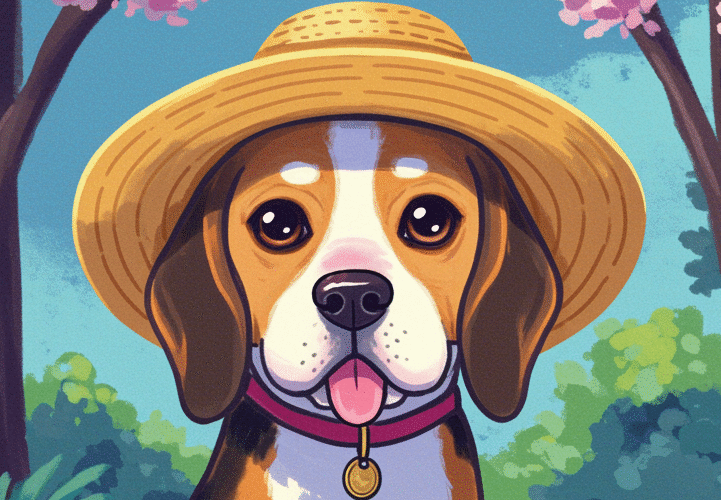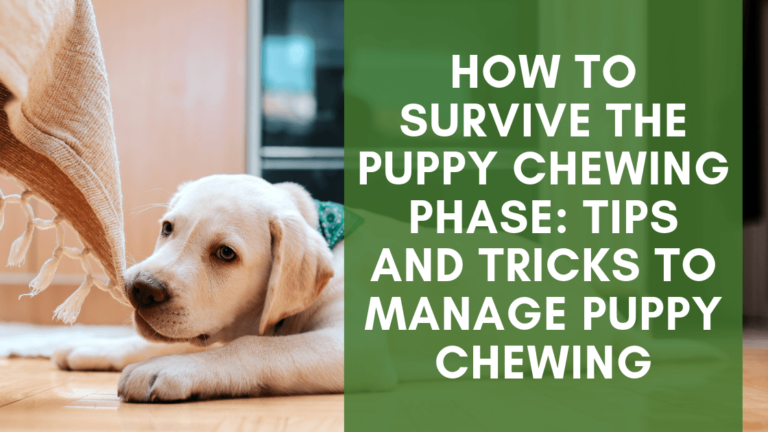If you have noticed that your puppy is biting and nipping, you’re not alone. This common problem can cause a great deal of stress and frustration for both the puppy and the owner. This article is dedicated to helping you understand why this behavior is happening and what you can do to stop it. This article will also cover Reacting to a puppy’s biting and nipping.
Getting your puppy to stop biting and nipping
One of the first things to do when you notice your puppy biting and nipping is to redirect the behavior. Instead of scolding, say “open mouth” or “close mouth” in a calm voice. If your puppy continues to bite and nip, try removing the object he’s biting from his reach, or giving it a special treat.
While it may seem tempting to yell at your puppy, it will only have the opposite effect. By yelling at your puppy for a certain behavior, you are actually teaching it that biting is a way to get attention. This will only make your puppy want to continue biting because it gets him attention. Instead, try teaching him to learn to be more obedient by rewarding him for doing good behaviors.
Although biting is not necessarily a serious issue, it should be dealt with as soon as it starts. If your puppy is extra-bitey, training may be necessary. However, this behavior will eventually subside, as dogs learn that they won’t receive reinforcement if they stop biting or nipping. Instead of punishing them, try redirecting the behavior to something else.
Getting your puppy to stop nipping

If your puppy is constantly biting and nipping, it’s time to start working on preventing these unwanted behaviors. Nipping can turn off your puppy to social interaction and create “hand-shy” behavior. You should punish your puppy for biting with a stern “OUCH” and 30 seconds away from the area. It may take several repetitions before your puppy learns the proper way to react. After the punishment, avoid bringing your puppy back to play.
If your puppy is biting on furniture or other things, try putting a toy in its mouth and encouraging it to release. Puppies are naturally instinctive mouthers, so you can work on teaching them to control their jaw strength. By demonstrating gentleness and patience to them from day one, you can teach your puppy not to bite other people’s hands or feet. It’s also important to give praise whenever your puppy releases the toy.
Another simple way to train your puppy not to bite you is by giving him a “timeout.” Put your hand in the room he or she is in for 30 to 60 seconds, then take it out of their mouths. If your puppy is still biting your hand, remove your hand slowly and replace it with a dog toy. By repeating this process several times, your puppy will get the message that your hand is not for playing with.
Reacting to a puppy biting and nipping
A common mistake people make when dealing with a biting and nipping puppy is punishing it with a time out. However, punishing your puppy is borderline abusive and only reinforces the behavior. Instead, try redirecting your puppy’s energy through playtime and proper teething toys. To reduce the puppy’s impulse to bite, make sure it is getting three meals a day and plenty of exercise.
Puppy nipping and biting is natural, and it’s a sign of frustration and energy. This is a sign that your puppy is overstimulated and needs some downtime. A crate should be set up for naps and playtime so your puppy can relax and unwind. If your puppy is nipping excessively, consider relocating him or her to a safe place.
Generally, children’s first reaction to a puppy’s bites is to run away, scream, or push the puppy. However, these actions may arouse a puppy’s curiosity and lead it to continue to bite. As such, you should never leave your puppy unattended with children, and it’s especially important to watch your child’s behavior.








